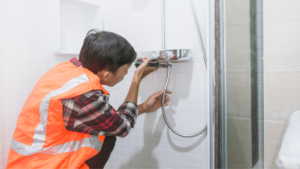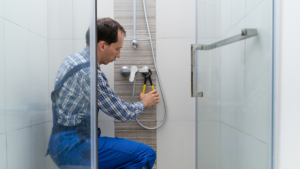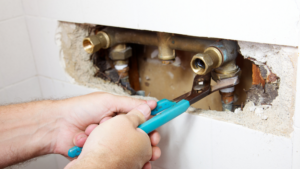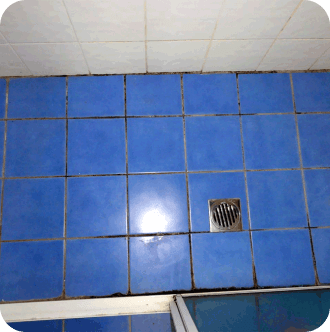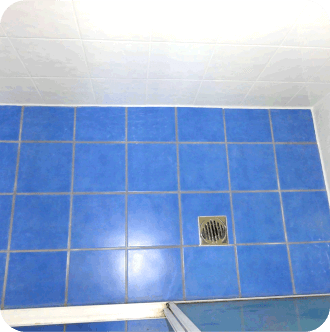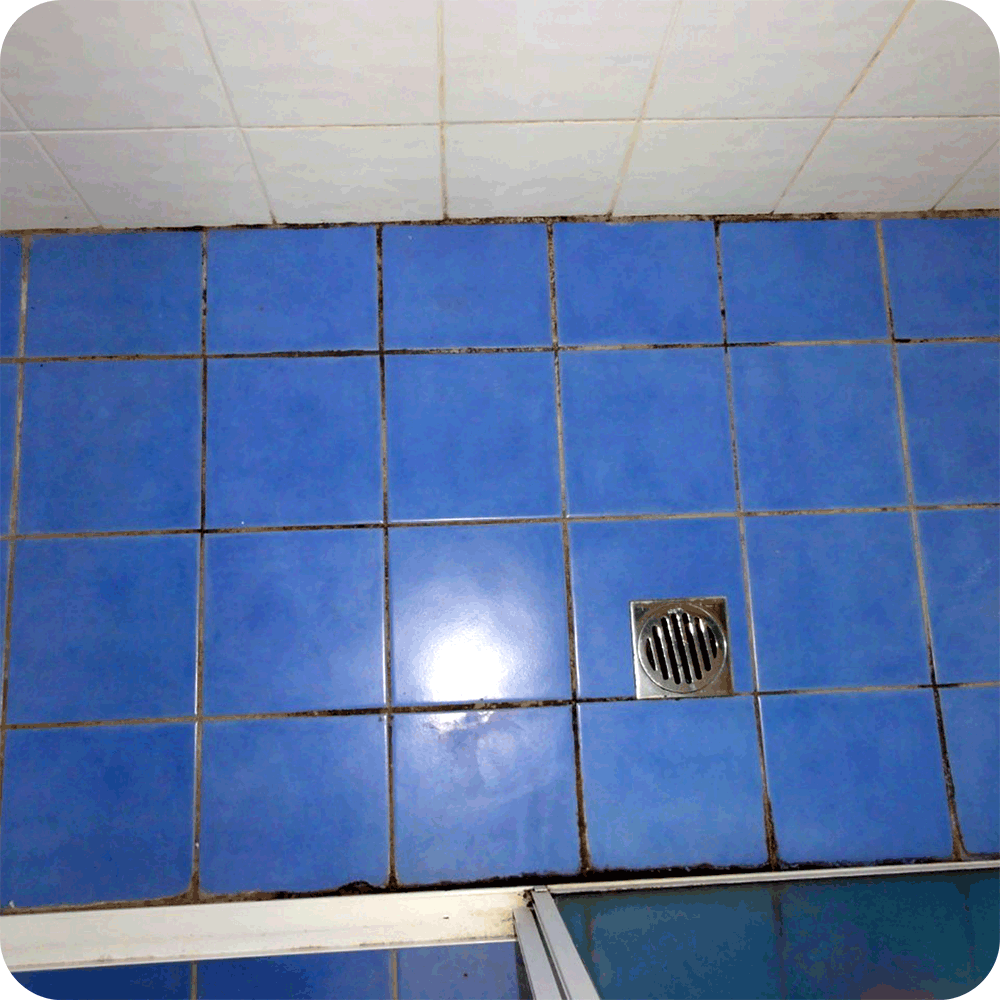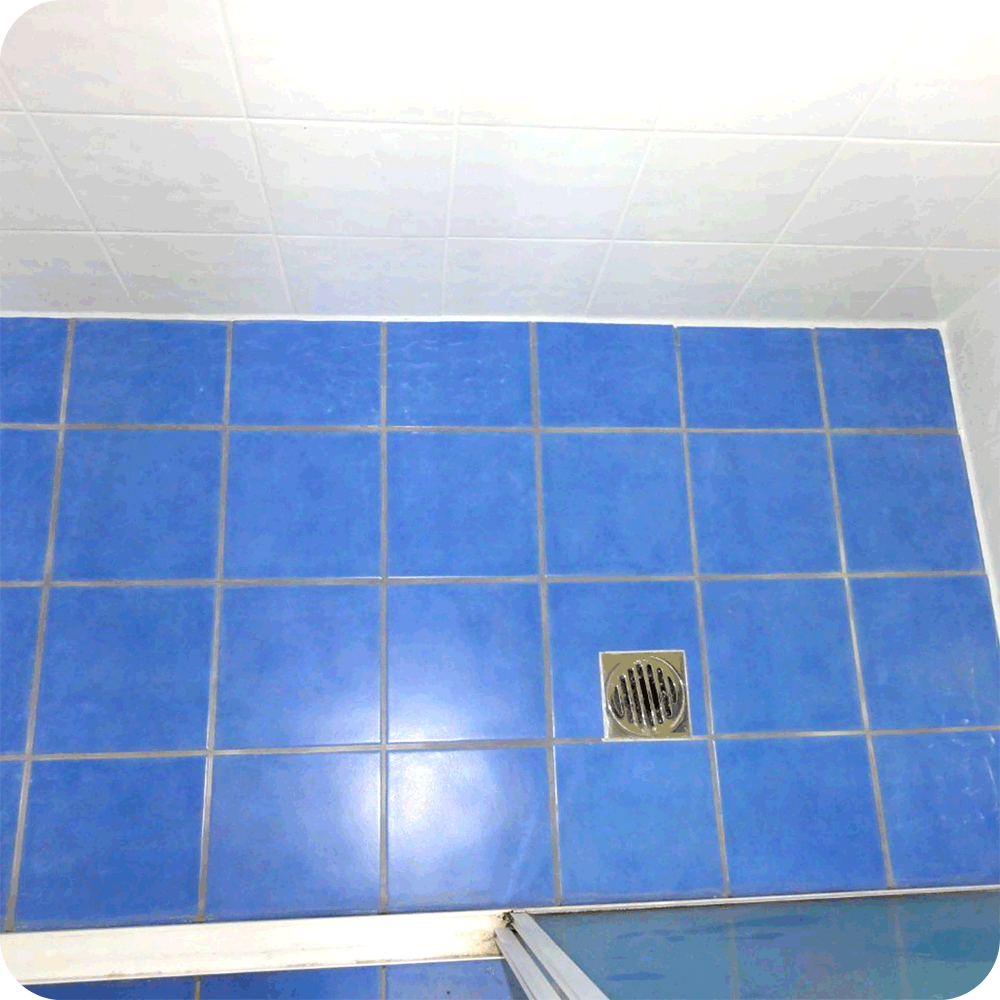Did you know leaking showers tend to get worse during winter, often without you even realising it?
As the temperature drops across NSW and QLD, many homeowners start to notice signs of dampness, mould, or cracking in their bathrooms, especially around their showers. But this isn’t just a seasonal inconvenience. Leaks become more dangerous and costly during winter, with water damage often going unnoticed until it’s too late.
Here’s why winter is a peak danger zone for hidden shower leaks and what you can do now to avoid thousands in repairs later.
Winter Leaks: The Hidden Enemy in Your Bathroom
Colder months bring more than just shorter days and warmer showers. Your home’s plumbing, ventilation, and seals are all under extra pressure from winter conditions.
According to recent data:
- Over 80% of defects in wet areas (including showers) are due to issues like waterproofing failure and building movement
- About 13.4% of water-related damages in Australian homes are due to clogged shower drains, typically from hair, soap scum, and debris
- Cracked tile grout and eroded sealant due to thermal expansion and contraction are among the most common causes of leaks
- Cracks or hairline fractures in shower bases are a frequent cause, leading to water escaping into floors and walls
All of this leads to an increased risk of undetected water leaks, particularly around showers and wet areas.
Common Causes of Winter Leaks in Australian Bathrooms
Here’s a quick breakdown of what typically goes wrong during winter and how it impacts your home:
1. Poor Seals and Cracked Tiles
Grout, silicone, and tiles naturally expand and contract when temperatures drop. Over time, this movement causes micro-cracks in tile joints and loosens silicone seals around your shower base, tapware, and corners.
2. Old Plumbing That Fails Under Winter Stress
Old copper or galvanised pipes may survive year-round until winter comes along. The combination of cold water and fluctuating temperatures causes these pipes to contract, leading to cracks, bursts, or joint failures.
3. Bathroom Fans and Ventilation Leaks
Most Aussie homes have ventilation fans that are installed in the ceiling or connected to a vent pipe. These are meant to remove steam, but in winter, they can become entry points for cold air and external moisture, especially when seals around the vent deteriorate.
4. Improper Maintenance or DIY Repairs
Small issues like deteriorating grout, poor waterproofing, or outdated shower screens can fly under the radar until winter hits. Cold temperatures prolong dampness, giving minor issues time to escalate into major structural damage.
Bonus Insight: Winter Slows Down Drying Times
One underrated reason why winter leaks cause so much damage is that surfaces take longer to dry in colder weather. That means any moisture trapped under tiles, behind walls, or inside grout joints stays there longer, causing rot, delamination, and mould.
What to Do About It (Before It’s Too Late)
Here’s how to stay ahead of winter leaks and protect your home:
1. Inspect Your Shower Thoroughly
Look for signs of cracked grout, lifting tiles, mould growth, or persistent damp smells. These are early red flags.
2. Don’t Delay Repairs
Even if the leak seems minor now, winter can turn it into major structural damage. Water behind walls or under floors doesn’t just go away it spreads.
3. Don’t Wait for the Winter Rush
Winter school holidays are the busiest time of the year for emergency leak repairs. Don’t get stuck on a waitlist when damage could already be happening behind your tiles.
Let us help you winter-proof your shower today before minor leaks turn into major renovations.To get a free quote for your leaking shower or balcony, fill out this form or call 1300 888 806. We’ll respond to you within 72 hours!

